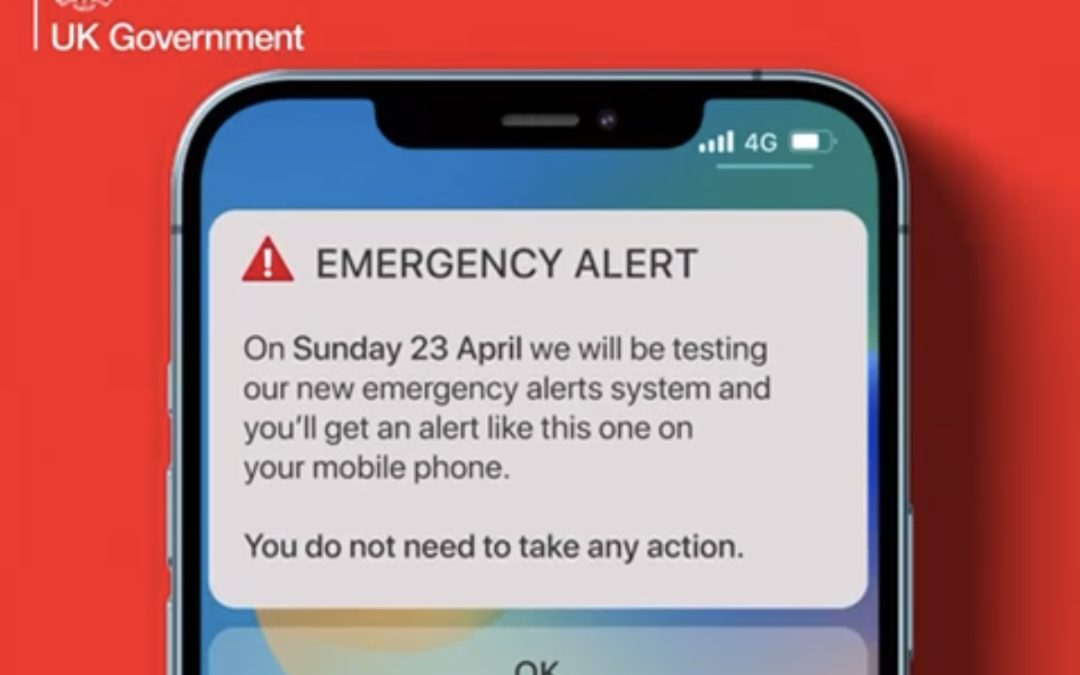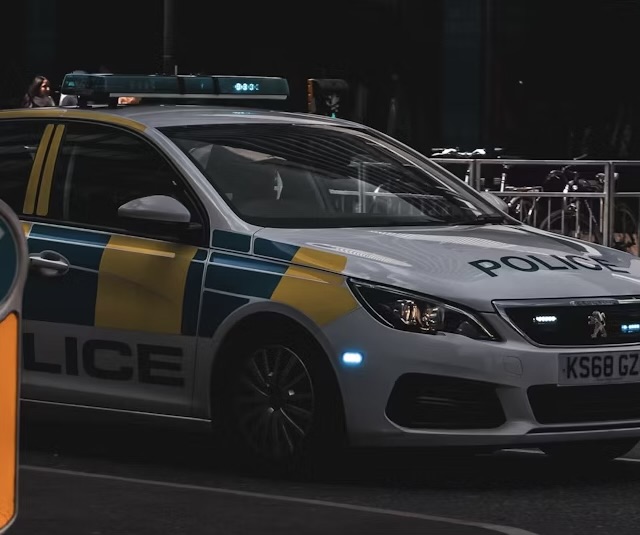Working with mobile broadcasting technology, the Emergency Alerts system will transform the UK’s warning and informing capability; providing a means to get urgent messages quickly to nearly 90 percent of mobile phones in a defined area; providing clear instructions about how best to respond.
The system is now ready to be tested across the country following successful tests in East Suffolk and Reading, as the Government continues to strengthen its resilience capability, making sure it offers the best possible protection against an ever-evolving range of threats.
A UK-wide alerts test will take place in the early evening of Sunday 23 April which will see people receive a test message on their mobile phones.
The alerts will only ever come from the Government or emergency services, and they will issue a warning, always include the details of the area impacted, and provide instructions about how best to respond – linking to gov.uk/alerts where people can receive further information.
Emergency Alerts will be used very rarely – only being sent where there is an immediate risk to people’s lives – so people may not receive an alert for months, or even years.
The service has already been used successfully in a number of other countries, including the US, Canada, the Netherlands and Japan, where it has been widely credited with saving lives, for example, during severe weather events. In the UK, alerts could be used to tell residents of villages being encroached by wildfires, or of severe flooding.
Announcing the launch of the new alerts system, Chancellor of the Duchy of Lancaster, Oliver Dowden MP, said:
We are strengthening our national resilience with a new emergency alerts system, to deal with a wide range of threats – from flooding to wild fires.
It will revolutionise our ability to warn and inform people who are in immediate danger, and help us keep people safe. As we’ve seen in the U.S. and elsewhere, the buzz of a phone can save a life.
Emergency Alerts will be used across England, Scotland, Wales and Northern Ireland, and their initial use will focus on the most serious severe weather-related incidents, including severe flooding in England. The Government has been working closely with a range of stakeholders and partners across the UK on developing the system, including colleagues from the emergency services, transport groups and the Environment Agency.
Chair of the National Fire Chiefs Council, Mark Hardingham, said:
Together with every fire and rescue service in the country, I’m looking forward to having Emergency Alerts available to help us to do our jobs and to help communities in the event of emergencies.
We’ve seen this type of system in action elsewhere across the world and we look forward to having the facility here in the UK – by working together with fire services and partners we want this system to help us to help you be as safe as you can if a crisis does hit.
Executive Director for Flood and Coastal Erosion Risk Management at the Environment Agency, Caroline Douglass, commented:
Being able to communicate warnings in a timely and accurate manner during incidents is really important to help people take action to protect themselves, their families, and their neighbours.
This year is the 70th anniversary of the 1953 east coast surge, one of the worst flood events in our recent history which saw over 300 people perish in England – while our ability to warn and inform has come on leaps and bounds since then, Emergency Alerts is a fantastic addition to our toolbox that we can use in emergency situations.
By broadcasting from cell towers in the vicinity of an emergency, the alerts are secure, free to receive, and one-way. They do not reveal anyone’s location or collect personal data. Alerts can only be sent by authorised Governmental and Emergency Services users. Successful live tests of the service have already taken place in East Suffolk and Reading.



